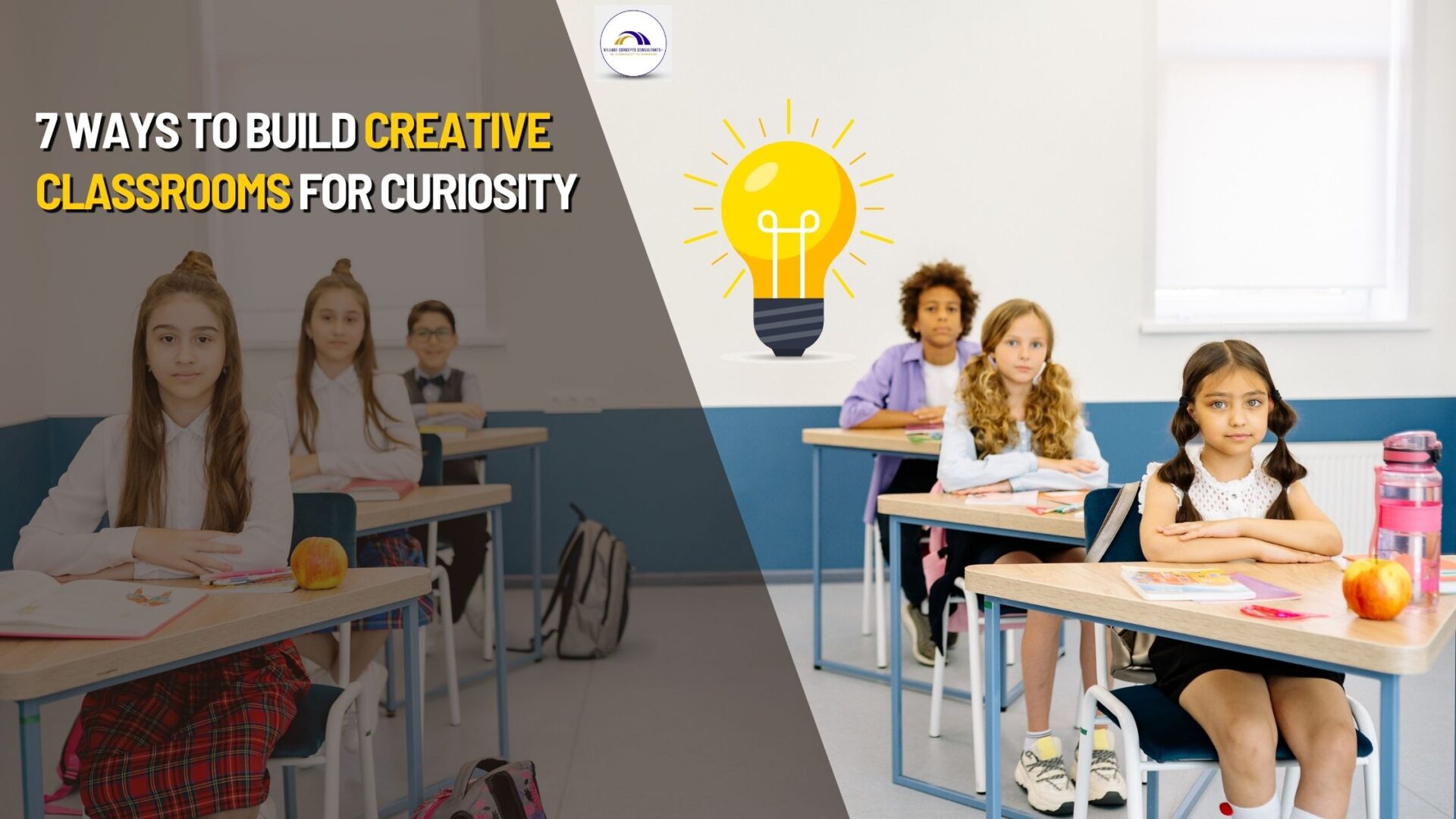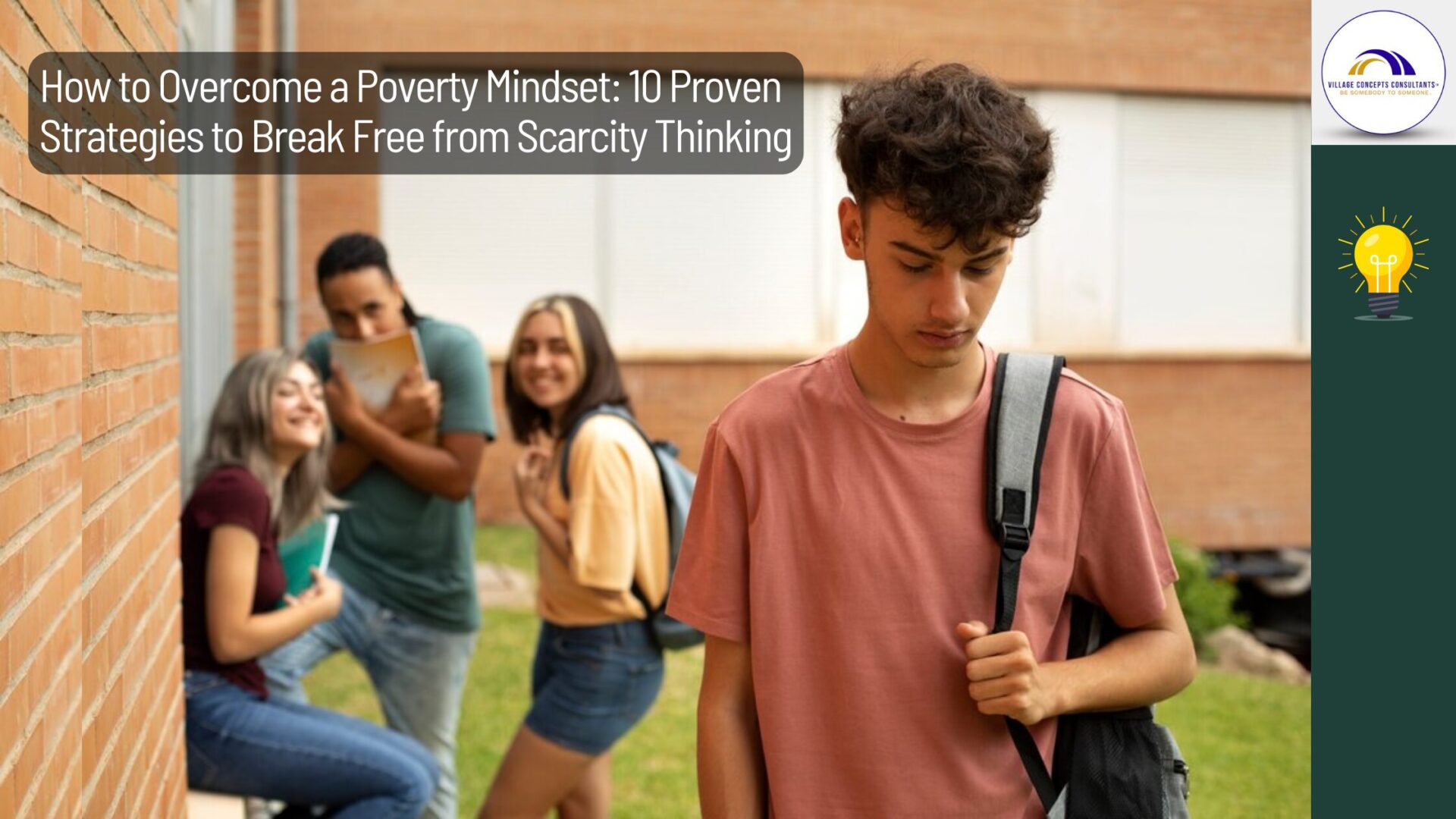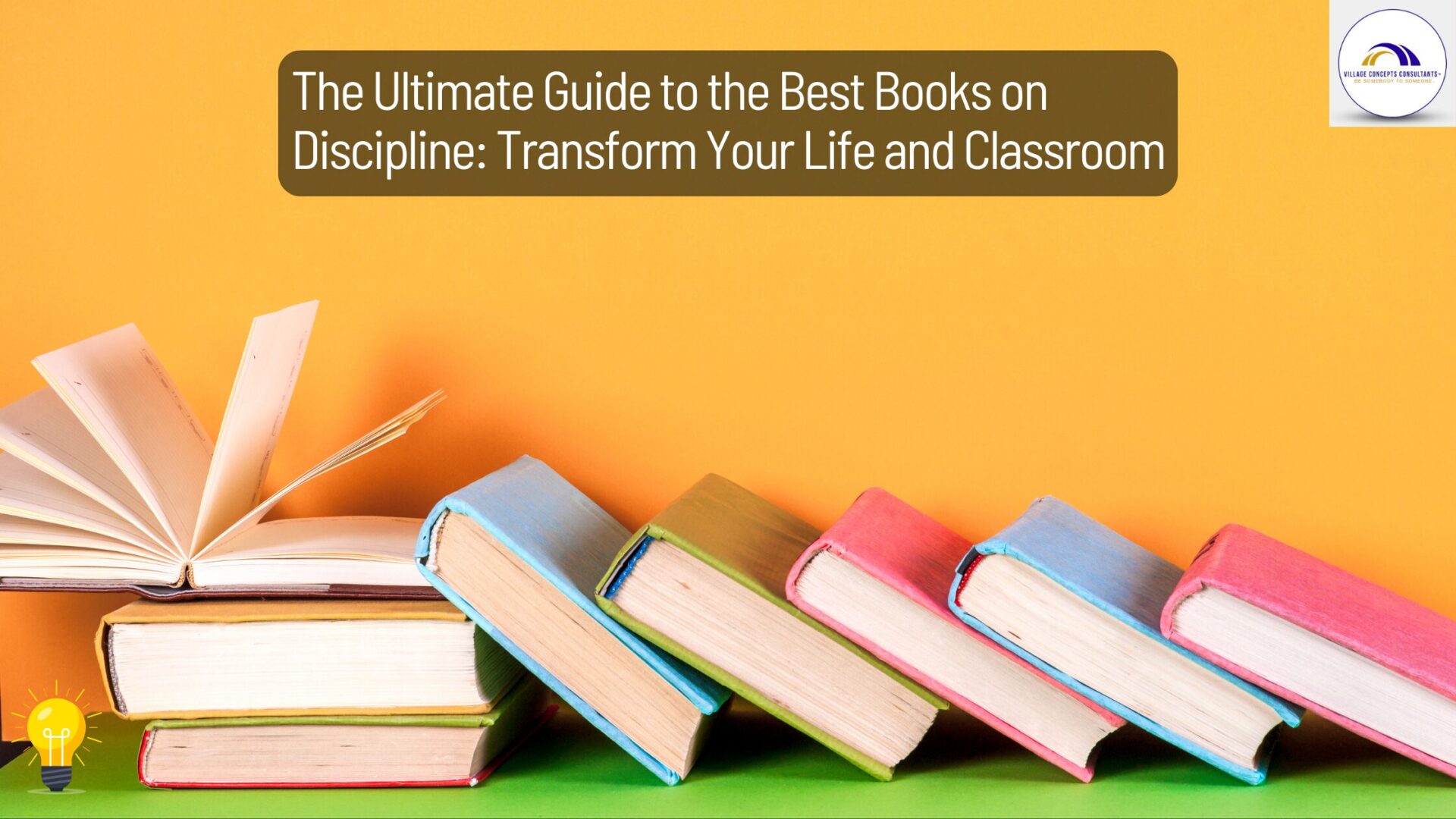Creative Classrooms: 7 Proven Ways to Build Spaces for Curiosity and Growth
In today’s fast-paced world, fostering creativity and engagement in students is more important than ever. Creative classrooms—both physical and digital—are designed to inspire curiosity, collaboration, and critical thinking, helping students develop a lifelong passion for learning. This guide will show you seven proven strategies to create dynamic learning spaces that support curiosity and growth.
Why Creative Classrooms Matter
Creative classrooms empower students to explore, innovate, and take ownership of their learning journey. They cater to diverse learning styles, ensuring every student feels included and inspired. Let’s explore actionable ways to transform your classroom into a hub of creativity and engagement. If you’re ready to take your teaching strategies to the next level, check out our professional development courses.
1. Flexible, Adaptable Physical Spaces
Traditional classrooms with rigid layouts often stifle creativity. To foster engagement, embrace flexible and adaptable environments.
Flexible Furniture:
- Use movable desks and chairs to create collaborative zones or individual workspaces.
- Allow students to rearrange furniture for activities, encouraging ownership of their learning space.
Activity Zones:
- Designate areas for specific tasks, such as quiet reading corners, group discussion zones, and hands-on project spaces.
- These zones support different learning styles and promote exploration.
Inspiring Aesthetics:
- Use colorful walls, student artwork, and natural elements like plants to create an inviting atmosphere.
- Proper lighting and engaging visuals can energize students and inspire creativity.

2. Harnessing the Power of Technology
Integrating technology can enhance engagement and provide students with innovative learning experiences.
Interactive Platforms:
- Use tools like Google Classroom, Padlet, or Kahoot to encourage collaboration and active participation.
- Platforms like Quizlet foster critical thinking and interactive learning.
Immersive Tech Tools:
- Virtual Reality (VR) and Augmented Reality (AR) bring lessons to life.
- Example: Explore ancient ruins in VR or visualize the human body’s circulatory system in AR.
Personalized Learning:
- Use tools like Khan Academy, Duolingo, or adaptive learning apps to tailor lessons to individual needs.
- Students can explore topics at their own pace, boosting both engagement and comprehension.
3. Collaborative Learning Spaces
Collaboration sparks creativity. Whether physical or digital, create environments that promote teamwork.
Physical Collaboration Areas:
- Arrange tables in circles or clusters for group projects.
- Foster brainstorming and debates to enhance problem-solving skills.
Digital Collaboration Tools:
- Utilize apps like Google Docs, Zoom, or Microsoft Teams for remote teamwork.
- Encourage students to share ideas and collaborate on projects in real time.
4. Building a Safe, Inclusive Environment
Creativity flourishes in spaces where students feel safe to take risks and express themselves.
In the Classroom:
- Celebrate diverse perspectives and contributions.
- Foster respect and support among peers to encourage risk-taking.
In Digital Spaces:
- Use platforms like Tinkercad or Scratch to let students experiment and refine their ideas.
- Provide tools for tracking progress, such as digital portfolios.
5. Providing Access to Diverse Resources
Exposing students to a wide range of materials sparks curiosity and innovation.
Physical Resources:
- Offer books, art supplies, manipulatives, and science kits.
- Engage students with hands-on activities like building models or conducting experiments.
Digital Resources:
- Use online tools, such as educational YouTube channels and MOOCs, to explore new concepts.
- Encourage students to interact with global communities and expert insights.
Need fresh ideas to inspire your students? Browse our books for educators for tools and strategies to spark creativity.
6. Encouraging Student Autonomy
Giving students control over their learning fosters independence and motivation.
Choice-Based Learning:
- Allow students to choose tasks or projects that align with their interests.
- Offer options for independent work, group activities, or creative projects.
Student-Led Projects:
- Encourage students to design and execute their own research or creative initiatives.
- This autonomy builds confidence and accountability.
Want to give students more ownership of their learning? Check out our blog on how to redefine the modern classroom.

7. Bridging Physical and Digital Learning
In hybrid classrooms, merge the benefits of physical and digital spaces for maximum creativity.
Seamless Integration:
- Combine flexible seating arrangements with tech tools like interactive whiteboards.
- Create opportunities for students to transition between hands-on activities and virtual experiences.
Conclusion
Creative classrooms inspire students to think critically, collaborate, and explore new ideas. By designing flexible, inclusive, and resource-rich environments, educators can cultivate curiosity and engagement. Whether physical or digital, these spaces prepare students to navigate a complex, interconnected world with confidence and creativity.
Ready to transform your classroom? Start implementing these strategies today and watch your students thrive. For more practical tools and guidance, explore our courses for educators and take the next step in creating engaging learning environments.




